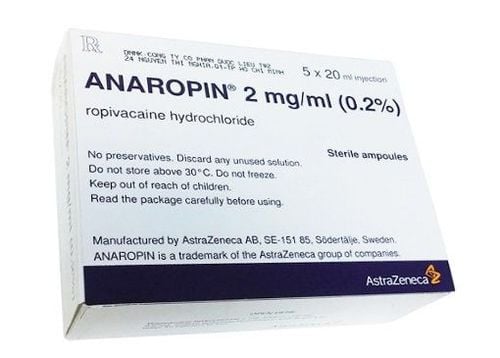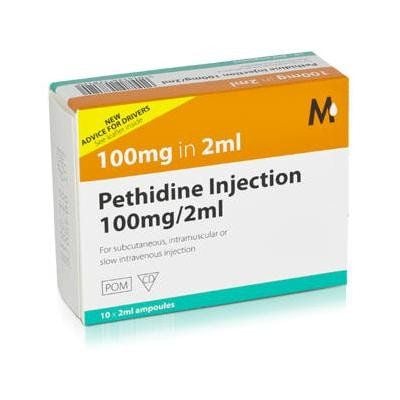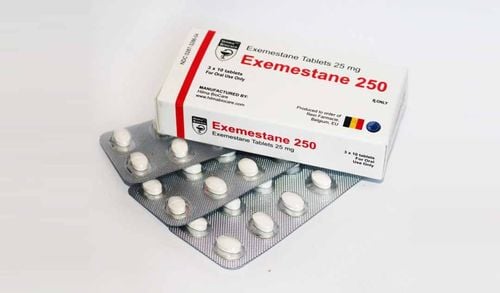This is an automatically translated article.
Posted by Doctor Nguyen Thi Hoai Nam - Department of Surgical Anesthesia, Vinmec Central Park International General HospitalIn many cancers, extensive surgical resection and resection of the primary tumor are the mainstays of treatment; however, metastatic recurrence is common. Recent recognition suggests that a number of perioperative factors can directly affect cancer cells and also influence cell-mediated immunity, thereby potentially promoting the development of cancer cells. apartment.
1. Anesthesia
Local anesthetics (LAs) were evaluated for cytotoxic effects on neoplastic cells. An anti-proliferative effect on human tongue cancer cells by inhibiting epidermal growth factor has been shown by Lidocaine in vitro. Lidocaine, bupivacaine and ropivacaine reduced mesenchymal stem cell proliferation in vitro and the transcriptional pathways involved in the initiation of neoplasia and metastasis were also inhibited.
Local anesthetics have also been shown to change the DNA methylation status of some types of cancer cells and are associated with reactivation of tumor suppressor genes. LA has also been associated with cytotoxic effects on T lymphoma cells in vitro. Cell death was observed at lower concentrations while necrosis was seen at higher concentrations. A total of eight LAs were studied and each had different cytotoxic effects, which appeared to correlate with their lipophilicity and potency.
2. α2-Adrenoceptor . agonist
α2-Adrenoceptors are found on human breast cancer cell lines and stimulation of these receptors is associated with proliferation. Clonidine has been shown to modulate NK cell activity and increase cell proliferation in vitro and in vivo.
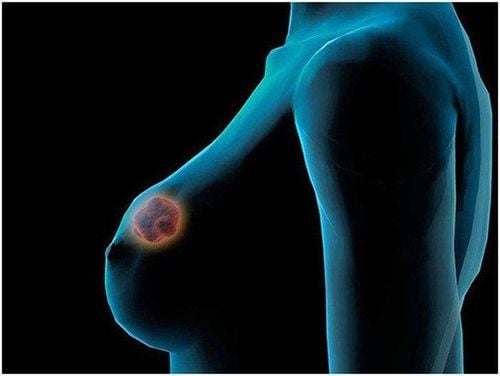
α2-Adrenoceptors được tìm thấy trên các dòng tế bào ung thư vú
3. Effects of opioids on host immune function and cancer
Opioids are commonly used in cancer patients to control acute and chronic pain after surgery. In addition to analgesic effects, opioids also have good immunomodulatory effects. Evidence from experimental cancer studies is conflicting. This is further complicated by the fact that the type of opioid, route of administration and duration of administration can all be relevant confounding factors.Inflammatory cytokines have been shown to upregulate the expression of the μ-opioid receptor (MOR) gene, underscoring the interaction between opioids and the immune system. Opioids inhibit components of both cell- and humoral-mediated immunity. However, all opioids do not suppress immune function to the same extent. Morphine has been shown to reduce toll-like receptor (TLR) expression in macrophages by direct stimulation of the animal MOR.
Fentanyl (40 mcg/kg) 1 hour before laparotomy was shown to reduce NK cell function in rats. A rapid increase in NK cell activity was seen in the first 24 h, but was followed by a significant decrease, only returning to normal activity levels after 8 days.
It is hypothesized that the activation of particular genes during the perioperative period may contribute to cancer recurrence and metastasis. The NET1 gene has been shown to promote adenocarcinoma cell line infiltration. Breast cancer cells (both ER positive and ER negative) have been shown to express MOR and morphine not only increases cancer cell invasion, but also induces higher levels of the gene. NET1, which is known to promote adenocarcinoma, seems to mediate its invasive effect.

Opioids thường dùng để giảm đau sau mổ cho bệnh nhân ung thư
4. Effect of opioids on tumor growth
Opioids are thought to exert their effects on tumor growth by direct stimulation of the MOR, however it has also been suggested that these effects are mediated through receptor activation VEGF. However, there is no clear clinical evidence. Long-term exposure to high concentrations of opioids can suppress tumor growth while single or low-dose opioids can promote tumor growth.
MOR is over-recognized in some types of non-small cell lung cancer. MOR silencing, using a knockout technique, significantly reduced opioid-induced tumor growth (35-50%) and metastasis (45-70%) in vitro. Treatment with methylnaltrexone (MNTX), a selective peripheral MOR antagonist, produced a similar effect. No tumor growth was observed in MOR knockout mice 12 weeks after injection of lung cancer cells, suggesting that MOR may be involved in tumor growth in the absence of exogenous MOR agonists. . Continuous infusion of MNTX for 2 weeks after tumor formation was seen to significantly reduce tumor growth and lung metastasis, and MOR overexpression in bronchial carcinoma cells. in humans increased the incidence of lung metastases 20-fold compared with mice.
These studies suggest a direct link may exist between MOR and lung cancer and this may have therapeutic potential. Singleton and Moss demonstrated that morphine stimulates tumor cell invasion and proliferation in human endothelial cells in vitro. This effect is associated with VEGF receptor activation and increased angiogenesis. Morphine is also associated with increased secretion of the urokinase activator plasminogen, a promoter of tumor invasion and metastasis in a breast cancer cell line. Importantly, no direct proliferative effect was observed on breast cancer cells. MOR has been demonstrated in the nuclei of human colon cancer cells. Exposure of these cells to morphine at a concentration of 0.1 μM for 24 h, was associated with a significant increase in the release of the plasminogen activator urokinase, suggesting a potential association between morphine and invasion properties. encroachment of u.
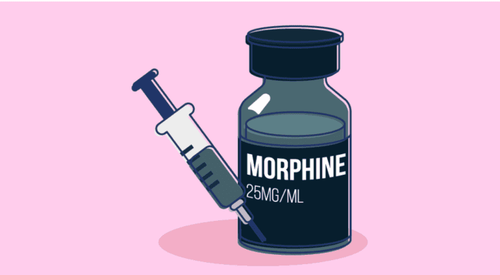
Morphine có liên quan trực tiếp đến sự xâm lấn và di căn trong một dòng tế bào ung thư vú
However, opioids can also reversely block tumor invasion and proliferation under limited circumstances. In an experimental model of breast cancer, morphine inhibited the production of cancer-promoting MMP-2 and MMP-9 in a dose-dependent manner, mediated by the nitric oxide (NO) system. Several studies have shown that morphine reduces MMP-9, increases MMP inhibitors (TIMP-1 and TIMP-2 or both) in co-culture of breast cancer cells and macrophages or endothelial cells. tissue. Morphine has been implicated in inhibition of colon cancer cell adhesion and invasion in vitro. In addition, it also inhibits MMP-producing tumor cells. Opioids also tend to induce cancer cell death through the NO pathway with the activation of nuclear factor (NF)-кB, a transcription factor potent in the regulation of inflammation and cell death. Morphine at clinically appropriate doses has been shown to induce cell death in lung carcinoma and in promyelocytic leukemia cell lines in vitro.
5. Effect of Opioids on vascular neoplasia
Singleton and Moss observed that opioid-stimulated angiogenesis could be reversed by MNTX directly through inhibition of MOR. MOR inhibition causes mutual inhibition of VEGF receptors. This group also demonstrated a synergistic effect between MNTX and other chemotherapeutic agents such as 5-fluorouracil and bevacizumab. This has the potential to reduce the required therapeutic dose of these cytotoxic agents and thereby reduce undesirable side effects.

Morphine có ảnh hưởng trực tiếp tới sự tân sinh mạch máu
6. Effects of endogenous opioids
β-Endorphin is an endogenous opioid that affects physiological stress response. Increased production of endogenous β-endorphin increases NK cell cytotoxicity and anti-inflammatory cytokines and decreases proinflammatory cytokines (TNF-α). Perhaps the anti-neoplastic properties of β-endorphin are related to the attenuation of the stress response. β-Endorphin has been suggested as a potential cancer therapeutic agent.
A particular polymorphism of the MOR gene (A118G) may be associated with improved cancer survival at 10 years. This study included more than 2000 female patients with breast cancer. Patients with invasive cancer with one or more G alleles have significantly reduced mortality at 10 years. Several confounding factors in this study should be considered, including use of potent opioids, ongoing chemotherapy, and pain perception.
Composition according to A ́. Heaney1 and D. J. Buggy, “Can anaesthetic and analgesic techniques affect cancer recurrence or metastasis?”, British Journal of Anaesthesia 109 (S1): i17–i28 (2012) doi:10.1093/bja/aes421





